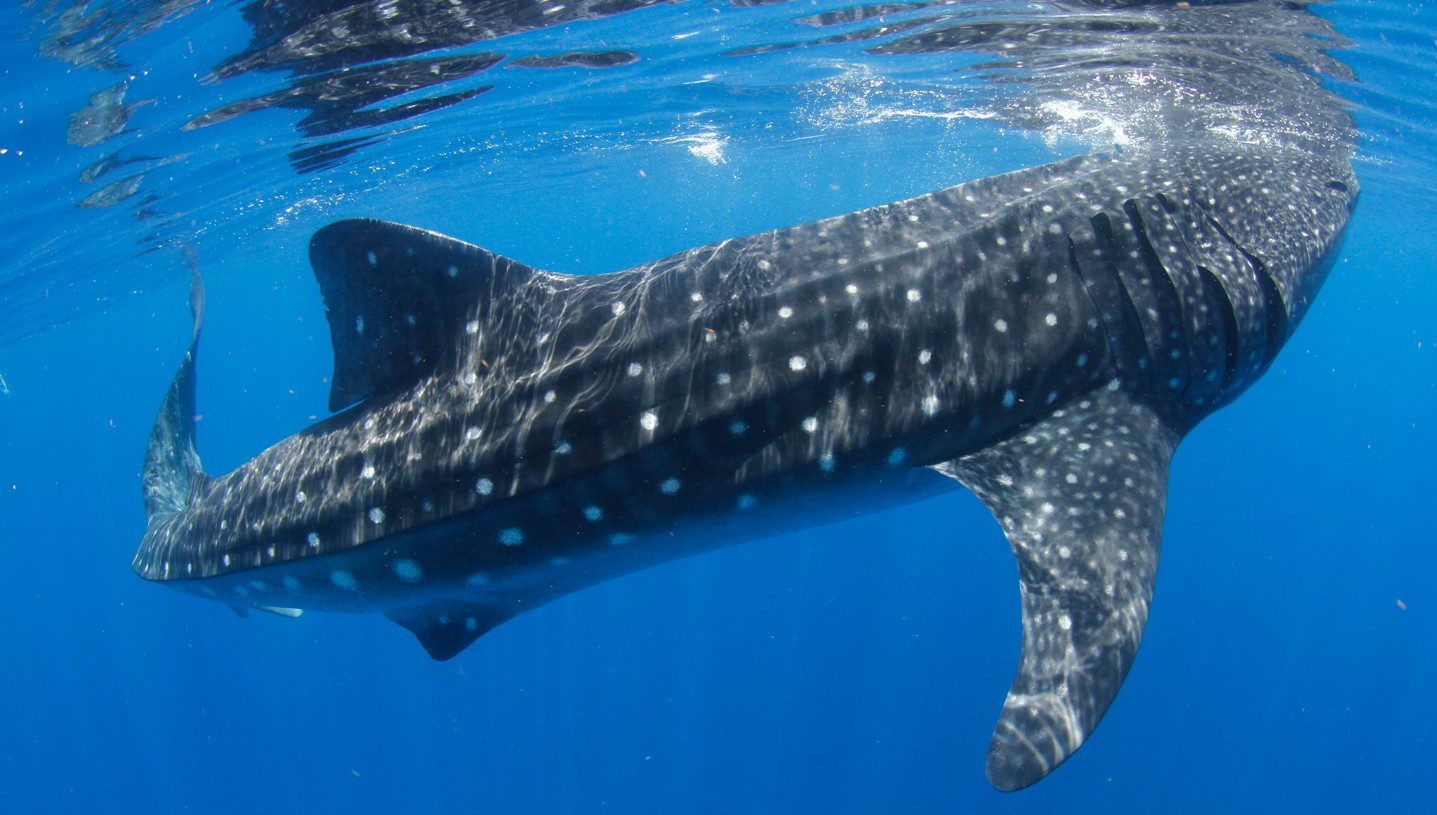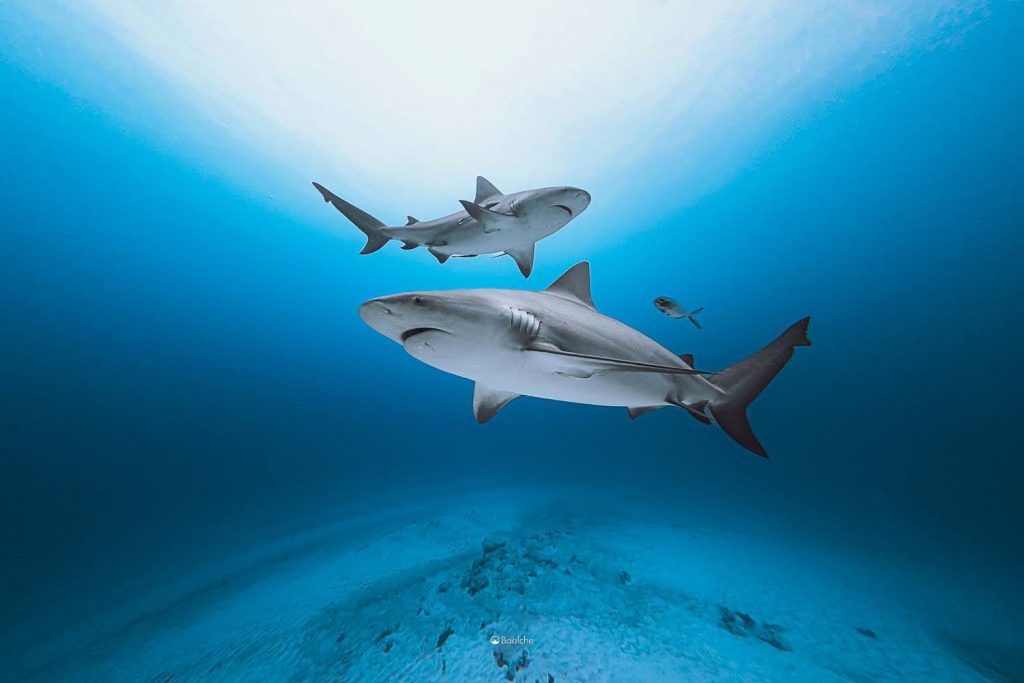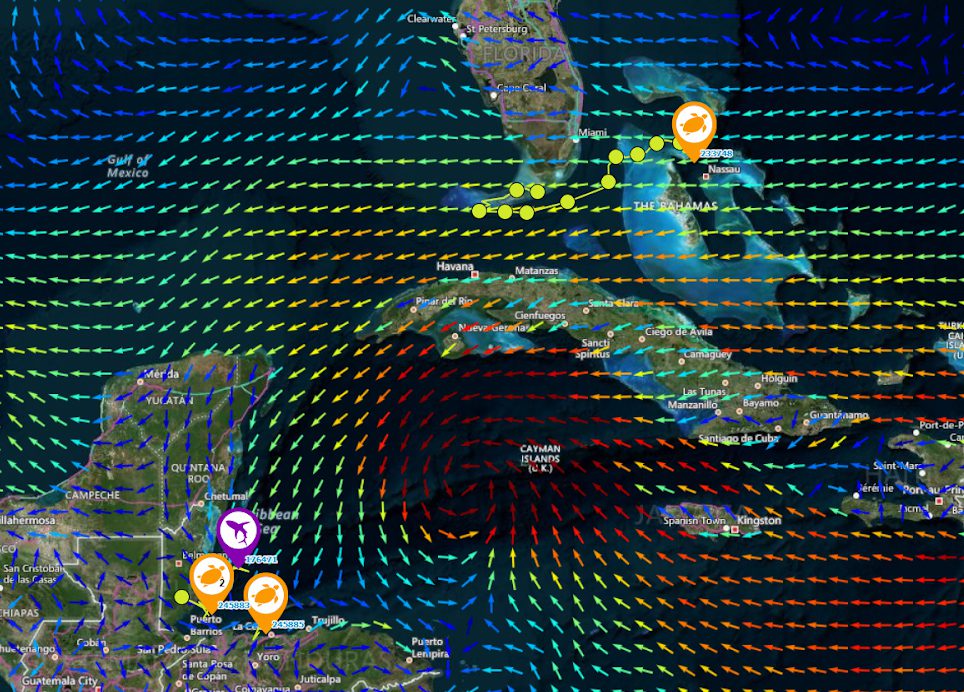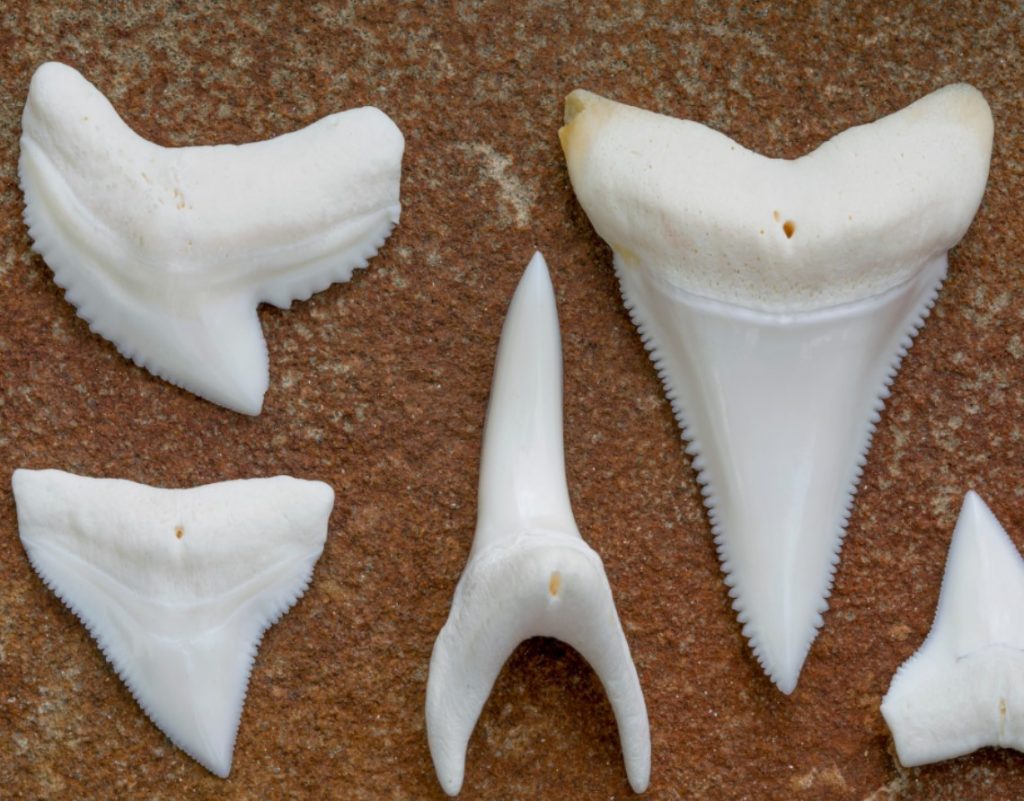It’s that time of the year again, the day allocated to celebrate the world’s largest fish, the whale shark. It’s a species of superlatives that inspires awe and admiration for those who know it will not eat anything larger than the size of your index finger. Furthermore, it’s a species of many superlatives beyond its 20 m plus size. It has the largest hearing system in the animal kingdom that enables it to perceive the minutest of sounds including the sounds of courting finfish, whose eggs they find a delicacy worth swimming hundreds of kilometers to eat. Its thickest of skins, an estimated 15 cm thick on the back of the largest of whale sharks, provides stronger protection again predators as they give demonstrate evasive maneuvers when they feel threatened by giving them the shoulder or back. Now, this evolutionary thick skin has proved a boon against boat strikes, scars of which have been seen in at least one third of whale sharks at large aggregations. And evolution has shaped other protective features including eye-armor, where the tiny teeth making up shark skin, known as dermal denticles, also grow on the eyes of whale sharks.
Up to the late 90s, they were thought to be veritable couch potatoes (note the “e” Dan Quayle), surface basking and staying relatively put, until through the great wizardry of miniaturization, satellite location and depth measuring tags that we first tested with manufacturer Wildlife Computers, revealed they could dive beyond the instruments’ breaking limits (1,500 meters at the time). As tags have evolved, and able to measure ever deeper, these diving extremes have crowned whale sharks as the deepest of surface to depth diving animals to nearly 2,000 m (6600 feet) … that we know of. They may well have thumbed their snouts at us (despite a lack of opposable thumbs) and dived far deeper.
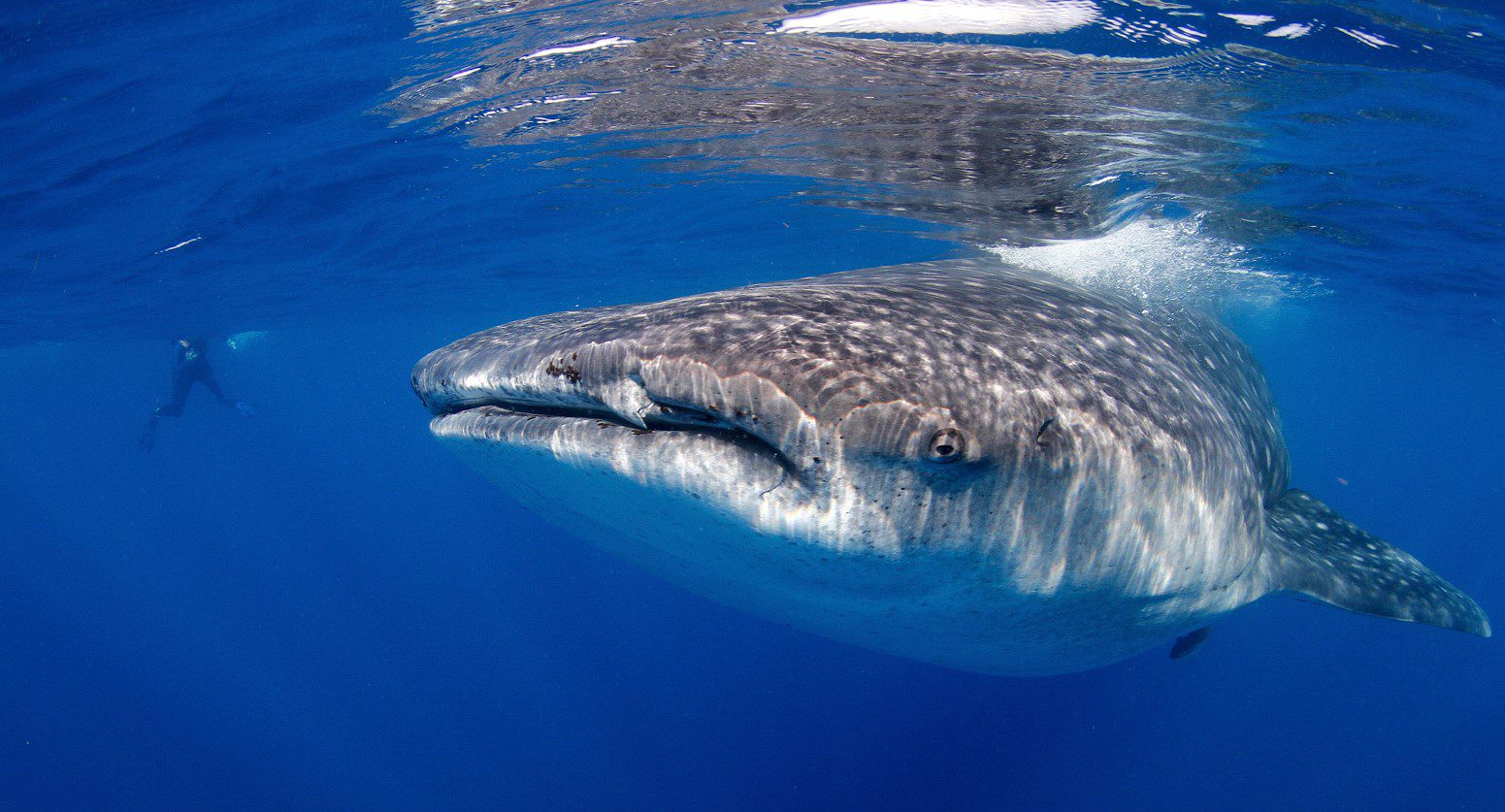
Which then raises the question of how and why dive so deep? We analyzed the subdermal layer from biopsy samples taken years ago and found it contained mostly fat. Coupled with a huge and very oily – and hence buoyant – liver, and because they don’t possess lungs or a swim bladder, they can withstand crushing pressure and sub 5 degrees centigrade temperatures at depth. But why descend into the cold inky depths? If you have no way of regulating your temperature and you overheat, you move to cooler temperatures for a while, and keep switching to maintain a comfortable and likely optimal temperature (also known as behavioral thermoregulation). Dives serve other reasons: searching for and preying on food found at specific depths, such as the largest migration on earth of zooplankton that moves from deep to shallow water strata daily; evading air breathing predators such as orcas, a top predator that the largest of shark species fear; getting closer to the earth’s core where magnetic lay lines can be better perceived and used to navigate across featureless oceans. Deep diving also gives them a break. As they leave the photic or light zone and move into darkness as they descend past 200 m, they don’t need to use their eyes and can shut down the energy consuming visual cortex and relax into a depth mediated nap. However, they can’t stay long at depth and often race back to the surface when they cool off too much and their oxygen stores derived from water, may have dropped too low.
These same satellite tags have yielded numerous studies demonstrating the trans-oceanic migratory capabilities of this largest fish, further compelling international efforts to protect them against anthropogenic threats throughout part or all their journeys in the guise of protected areas, species-specific protections, bans on capture in large-scale fisheries and more.
With so many discoveries made with this iconic shark, what does the future herald for them? Although a few questions remain: where they pup, why are so many of the world’s aggregations skewed to juvenile males or are there sex-mediated feeding preferences, etc. In the grand scheme of sharks, we know a lot about this species, especially as compared to at least over 500 other species of sharks who do not possess the charisma of this planktivorous behemoth. It is therefore good to place the purpose and outcomes of our work with whale sharks into a larger context. Now listed as Endangered to Extinction by the International Union for the Conservation of Nature whose listing underpinned the ruling to monitor and regulate the trade in this species through the Convention on International Trade in Endangered Species, sizes have been recorded as declining, with the largest 20+ m animals rarely, if ever, found and the median size running between 6-8 m in most aggregations world-wide. The many mysteries that once swirled about the world’s largest fish have been resolved to the degree that will help improve conservation measures and management of threats. But now it’s key to monitor if and how the many conservation tools and measures applied throughout the world are improving abundances and sizes and reducing threats. We hope that this process will continue to give rise to new knowledge that can further help to shed light on the 540+ other species of sharks. Importantly, much of our current and future work needs to focus on their roles as canaries in the proverbial coal mine with climate-mediated changes to the ocean’s chemistry, circulation, and health. As an oceanic ambassador, whale sharks bring a persona to marine conservation measures and large-scale processes that often have no “face”. Whale sharks have helped to drive shark encounter tourism globally and elicit a more palatable view of sharks overall, helping to change public attitudes and ultimately lifting all shark “boats” in the changing tide to rewild the seas with all shark species.
